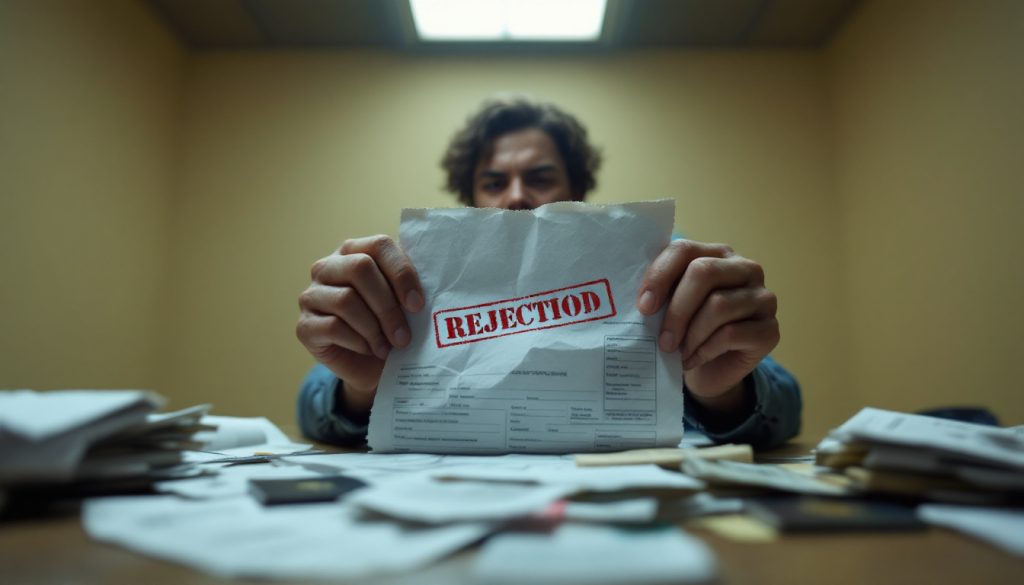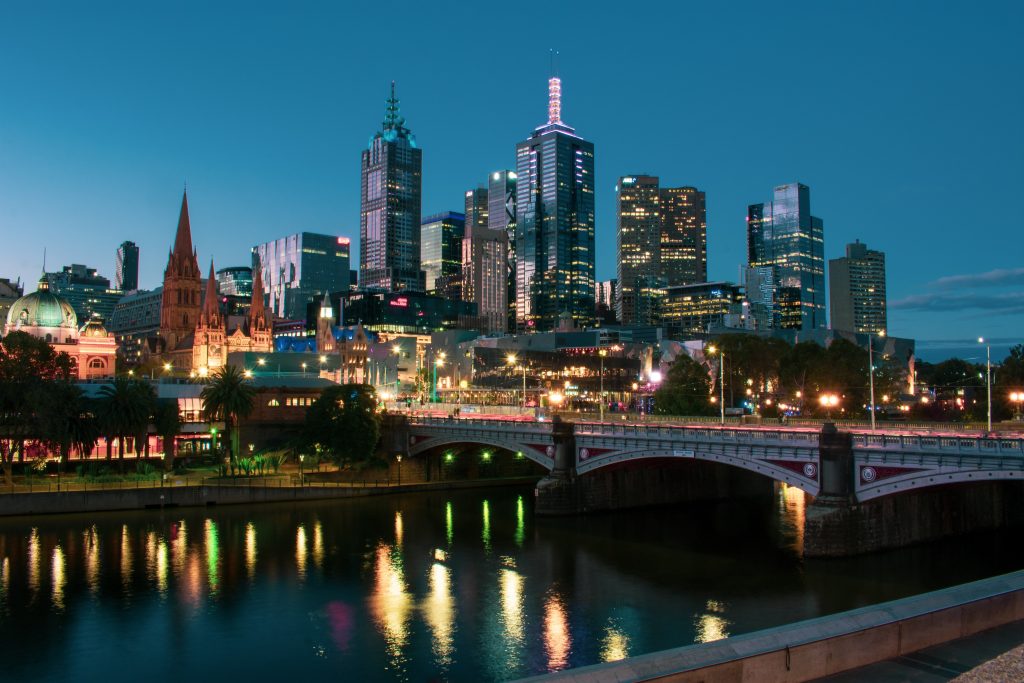Getting your Australian visa rejected can derail your travel plans and potentially impact future applications. But understanding why visas get refused can help you avoid common pitfalls.
Every year, thousands of hopeful travelers face visa rejections due to preventable mistakes. The most common reasons include:
- Insufficient documentation
- Lack of genuine intention to visit
- Not meeting character requirements
- Invalid passport details
- Health requirement issues
In this comprehensive guide, we’ll walk you through:
- The difference between visa refusal and rejection
- Most common reasons for visa denial
- How to properly prepare your application
- What to do if your visa gets rejected
- Tips from immigration experts
Whether you’re planning a vacation, studying, or moving to Australia, this guide will help maximize your chances of visa approval.
Understanding Australian Visa Requirements
Australia offers various visa categories, each with specific eligibility criteria and documentation requirements. Some common types include:
- Visitor Visa (Subclass 600): For tourism, family visits, or business trips.
- Student Visa (Subclass 500): For international students enrolled in registered courses.
- Temporary Skill Shortage Visa (Subclass 482): For skilled workers sponsored by employers.
- Permanent Residency Visas: For individuals aiming to settle permanently.
Tip: Visit the Australian Department of Home Affairs for the latest visa requirements.
“All non-Australian citizens traveling to Australia require a visa or visas waiver issued by the Australian Government.”
Decoding Visa Refusal vs. Rejection
Understanding the distinction between visa refusal and visa rejection is crucial.
- Visa Refusal:
Occurs when your application is incomplete or contains errors. This can often be remedied by submitting the correct information or appealing the decision. - Visa Rejection:
Happens when you fail to meet the eligibility criteria for the visa. This is harder to overcome and can sometimes result in a ban from reapplying.
“Whilst the terms ‘refusal’ and ‘rejection’ are interchangeable in an ordinary context, they have distinct meanings when it comes to Australian visas.”
Common Reasons for Australian Visa Denial
1. Insufficient Documentation
Incomplete applications are the leading cause of visa refusals. Common missing documents include:
- Bank statements showing financial capacity
- Employment verification letters
- Travel itineraries
“Include all the requested documents in the correct format.”
2. Lack of Genuine Intention to Visit
Applicants must prove they intend to return to their home country after their stay. Supporting documents could include:
- Proof of employment
- Family obligations
- Property ownership
“Include proof of your intention to return to your home country such as job commitments, travel plans, and how you will pay for your entire trip.”
3. Not Meeting Character Requirements
Applicants must pass Australia’s character test, which assesses:
- Criminal records
- Past visa violations (e.g., overstays)
“A person does not pass the character test if they fall within any of the grounds specified in subsections 501(6)(a) to (d).”
4. Invalid Passport Details
Issues with your passport can lead to immediate refusal. Ensure:
- Your passport is valid for at least six months beyond your travel date.
- Your personal details match across all documents.
5. Health Requirement Issues
Australia enforces strict health requirements for certain visas. Applicants with serious health conditions may need to undergo medical examinations.
6. Financial Inadequacy
Proof of sufficient funds is mandatory for most visas. Provide:
- Recent bank statements
- Evidence of income or savings
“You must prove that you can pay for your trip, including accommodation, flights, and daily expenses.”
7. False Information
Providing misleading or false information can result in immediate rejection and long-term bans.
“When applying for an Australian visa, you have to answer all the questions honestly and provide all accurate information.”
How to Properly Prepare Your Australian Visa Application
1. Choose the Right Visa
Identify the correct visa category that aligns with your travel purpose.
2. Gather Required Documents
Prepare all necessary documents, such as:
- Valid passport
- Financial proof
- Health and character certificates
- Academic or employment letters
3. Complete the Application Form Accurately
Ensure that all details are consistent across documents. Even minor discrepancies can cause rejection.
“Ensure all information is accurate and consistent.”
4. Write a Compelling Cover Letter (if applicable)
A well-structured cover letter can help explain your purpose and strengthen your application.
5. Review and Double-Check Everything
Carefully review your application to avoid mistakes. Use a checklist to ensure completeness.
What to Do If Your Australian Visa Gets Rejected
1. Understand the Reasons for Refusal/Rejection
Carefully read the refusal notice to identify specific issues.
2. Consider Appealing the Decision
You may appeal certain decisions through the Administrative Appeals Tribunal (AAT).
- Appeals must be lodged within strict deadlines (e.g., 21 days for student visas).
- A fee is involved, and the process can take several months.
3. Reapply After Correcting Mistakes
If appealing isn’t an option, correct the issues in your application and reapply.
4. Seek Professional Help
Hiring a migration agent or immigration lawyer can significantly improve your chances.
Tips From Immigration Experts
- Be Honest and Transparent
Always provide accurate information and truthful answers. - Submit a Complete Application
Double-check that all required documents are attached. - Provide Strong Supporting Evidence
The more relevant evidence you provide, the stronger your application. - Address Potential Concerns Proactively
Explain any unusual circumstances in a cover letter. - Be Patient and Follow Up
Visa processing can take time. Stay updated on your application’s status.
Conclusion
Australian visa refusals can be frustrating, but they don’t have to end your plans. By understanding visa requirements, avoiding common mistakes, and seeking expert advice when needed, you can greatly increase your chances of visa approval.
Need professional help with your visa application or appeal? Contact us today for expert guidance on securing your Australian visa.
This guide is designed to inform and empower applicants seeking an Australian visa. For personalized assistance, consult with a registered migration agent.



